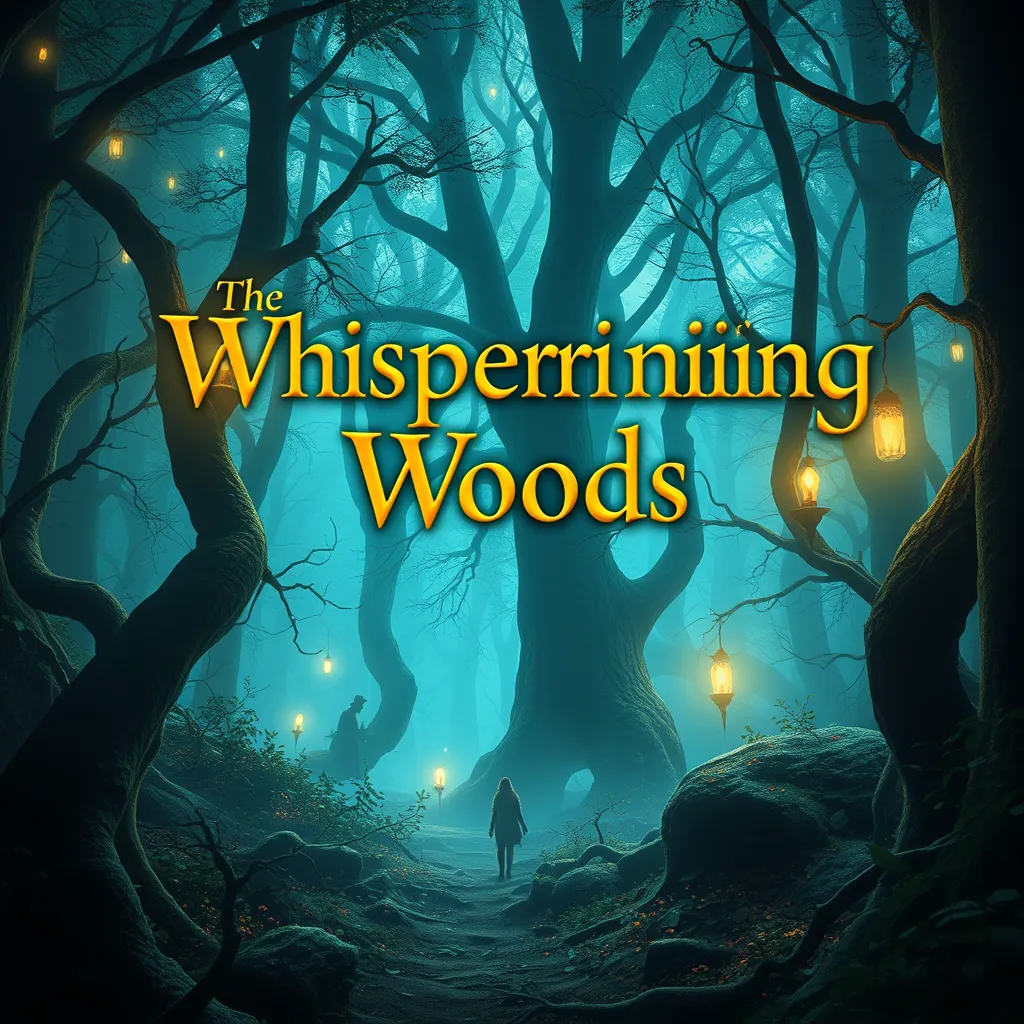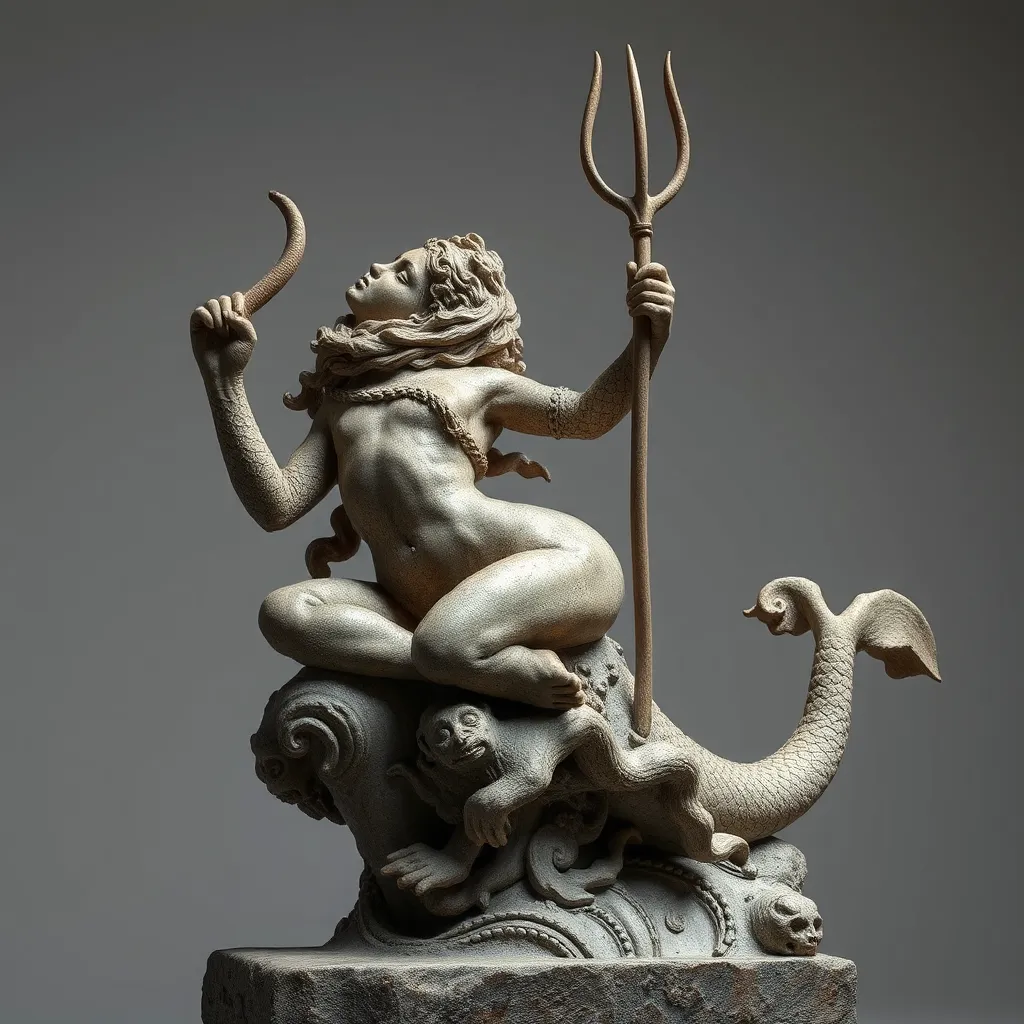The Whispering Woods: Unveiling the Secrets of Fairy Lore
I. Introduction to the Whispering Woods
The Whispering Woods, a mystical expanse nestled at the edge of a small village, is a location steeped in folklore and enchantment. Its towering trees, cloaked in a blanket of mist, seem to hold the whispers of ancient tales, beckoning adventurers and dreamers alike. This enchanting forest is not just a backdrop for stories; it is a living testament to the rich tapestry of fairy lore that has captivated human imagination for centuries.
Fairy lore encompasses the myriad tales and myths surrounding fairies, magical beings that inhabit the realms of fantasy. These stories, often passed down through generations, explore themes of wonder, morality, and the connection between the natural world and the supernatural. The Whispering Woods serves as a focal point for these narratives, embodying the essence of fairy tales and their enduring allure.
II. The Origins of Fairy Lore
The roots of fairy tales can be traced back to ancient civilizations, where oral traditions flourished. These early stories served various purposes, from entertainment to moral instruction, and were often infused with cultural values and beliefs.
Throughout history, fairy lore has evolved, influenced by cultural variations across regions:
- European Fairy Tales: Often feature benevolent fairies, enchanted forests, and moral lessons.
- Asian Folklore: Includes tales like those of the Chinese “Huli Jing” (fox spirits) and Japanese “Yokai,” blending the supernatural with cultural teachings.
- African Myths: Rich in allegory and often featuring trickster figures, these stories convey wisdom and societal norms.
III. The Enchantment of the Whispering Woods
The Whispering Woods is not only a repository of stories but also a breathtaking natural wonder. With its dense canopy of ancient trees, vibrant underbrush, and sparkling streams, the woods create an atmosphere that feels otherworldly. Sunlight filters through the leaves, casting ethereal patterns on the forest floor, while the sounds of rustling leaves and distant bird calls create a symphony of nature.
In fairy tales, nature plays a pivotal role, acting as both a sanctuary and a realm of transformation. The allure of the woods often lies in:
- The sense of mystery and adventure that they evoke.
- The potential for encounters with magical beings.
- The representation of the journey between the known and the unknown.
IV. Key Figures in Fairy Lore
Fairy lore is populated by a diverse array of characters, each with their own unique traits and stories. Some of the most popular fairy characters include:
- Fairy Godmothers: Often depicted as benevolent figures who aid protagonists through magic and guidance.
- Trickster Fairies: Such as Puck from “A Midsummer Night’s Dream,” who embodies chaos and playfulness.
- Dark Fairies: Like the infamous Maleficent, representing the duality of good and evil in fairy tales.
The symbolism behind these characters often reflects human emotions and societal values, illustrating themes of love, jealousy, redemption, and the struggle between light and darkness.
V. Legends and Stories from the Whispering Woods
The Whispering Woods is rich with local legends that have been woven into the fabric of the village’s history. Some notable tales include:
- The Lost Child: A story of a child who wandered into the woods and was said to have been taken by the fairies, only to return with the ability to speak to animals.
- The Guardian Tree: Legend has it that a giant oak tree at the heart of the woods is a guardian of the fairy realm, protecting it from intruders.
- The Festival of Lights: An annual event where villagers celebrate the fairies, lighting lanterns and leaving offerings in hopes of gaining their favor.
Recurring themes in these stories often include the interplay between the human world and the fairy realm, the importance of respect for nature, and the transformative power of love and kindness.
VI. The Influence of Fairy Lore on Literature and Art
Fairy tales have profoundly influenced literature and art throughout history. Many writers and artists have drawn inspiration from the enchanting world of fairies. Notable examples include:
- William Shakespeare: His play “A Midsummer Night’s Dream” intricately weaves fairy lore into a narrative that explores love and illusion.
- The Brothers Grimm: Their collection of fairy tales, including “Hansel and Gretel” and “Cinderella,” has shaped the modern understanding of fairy tales.
- Arthur Rackham: An illustrator known for his fantastical depictions of fairy tales, bringing these stories to life through his art.
These works reflect the timeless appeal of fairy lore, demonstrating how it transcends cultures and eras, continuously inspiring new generations.
VII. The Modern Revival of Fairy Lore
In recent years, there has been a resurgence of interest in fairy lore, driven by contemporary storytelling and media. This revival can be attributed to several factors:
- Film and Television: Numerous adaptations of classic fairy tales have been produced, such as Disney’s “Frozen” and “Maleficent,” which offer new interpretations of traditional stories.
- Literature: Authors like Neil Gaiman and Holly Black have reimagined fairy lore in modern contexts, blending fantasy with real-world issues.
- Digital Culture: The rise of social media and online storytelling platforms has allowed for creative expressions of fairy tales, reaching wider audiences.
This modern revival showcases the adaptability of fairy lore, proving that these age-old stories still resonate with today’s audiences.
VIII. Conclusion: The Enduring Magic of Fairy Lore
Fairy lore continues to hold a special place in our hearts and minds, serving as a reminder of the magic that exists in both the natural world and our imaginations. The Whispering Woods, with its enchanting beauty and rich history of stories, invites us to explore its depths and uncover the secrets it holds.
As we delve into the world of fairy tales, we find not only entertainment but also valuable lessons about humanity, nature, and the importance of believing in the extraordinary. Whether through literature, art, or personal exploration, the magic of fairy lore endures, encouraging us to dream and discover the wonders that lie just beyond the ordinary.



